Four Black Sarasota Artists You Need to Know
Sarasota has a long history of attracting artists of all mediums—and now you can add these four local Black artists to your must-know list. We spoke to them about everything from inspiration to how the art world can do a better job of embracing and including work from the Black community.
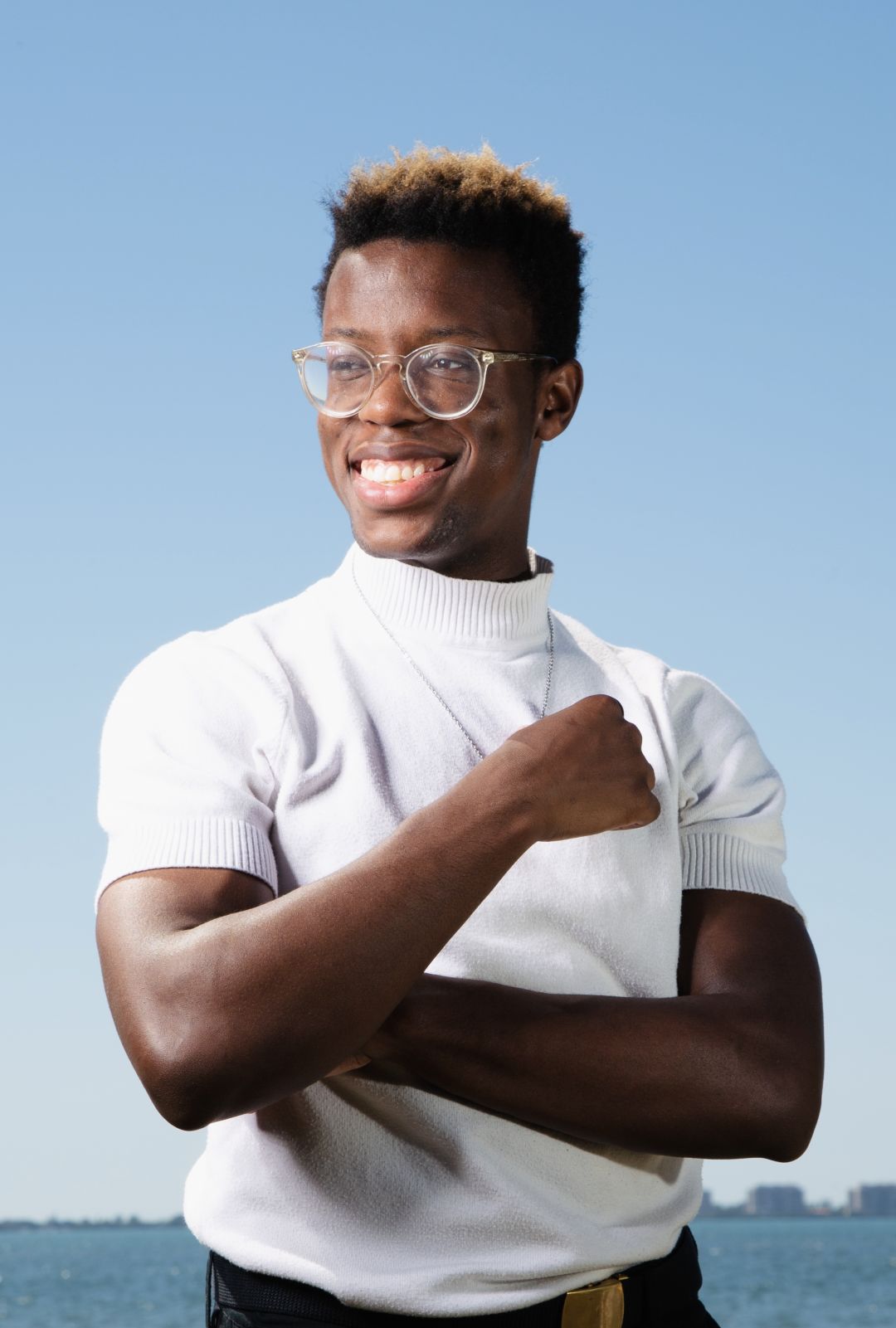
Jesse Clark
Image: Courtesy Photo
Jesse Clark, Fine Art Photography
When did the creative life call you?
“I feel as though I’ve always lived a creative life. I mainly focused on dance early on in my childhood, primarily tap and ballet, and I only dabbled a little in art. During high school, I became more serious about arts education. I attended Harrison School for the Arts, focusing on visual art, which led me to pursue photography at Ringling College of Art and Design, where I currently study as a third year student.”
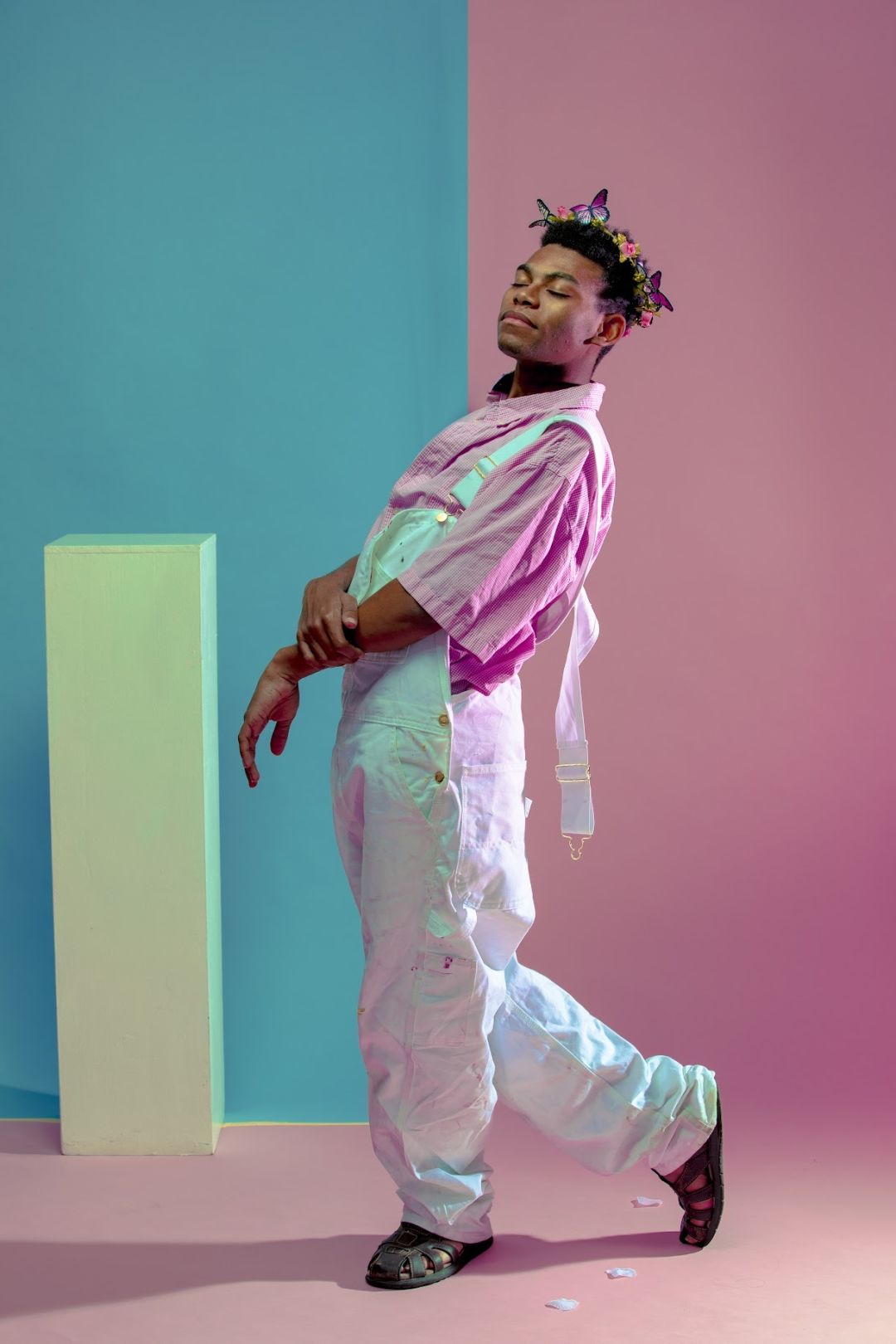
One of Jesse Clark's portraits
Image: Courtesy Photo
Describe your art.
“I mainly specialize in fine art/portrait photography and focus a lot on identity. Often in my photography you will see vibrant colors and floral patterns, which I use to represent beauty and vulnerability. In some photo pieces you may also notice references to dance through the subject’s gestures.”
What inspires you?
“Representing Black males in a way that isn’t typically showcased in the media. For example, taking portraits in a way that shows a much softer, more beautiful side of us. Through my photography, I want to be able to portray the Black image through a lens that I wasn’t able to see enough of growing up.”

"Through my photography, I want to be able to portray the Black image through a lens that I wasn’t able to see enough of growing up.”
Image: Courtesy Photo
What advice would you give to other Black artists?
“There are a few big things I have learned just in the past year. The first one is to not be afraid to put your work out there. It's easy to get caught up in the idea that your work may not be good enough or that only when you reach a certain age should you be allowed to have certain achievements. It’s never too late to put yourself out there—nor is it ever too early. In whatever form you prefer to share your work, share it. The world deserves to hear your voice.
“Second, you have the power to change the way Black subjects are viewed. Create work that showcases who you truly are or want to see. You are not limited to creating what is expected of you or what you are used to seeing. Provide something new, or that excites you. Don’t fall into someone else’s mold. Express your truth.
“Be the representation you’d like to see. There often is an issue of not seeing enough Black creatives or seeing enough Black voices in different fields. If the representation is low in the area you’d like to focus in, don’t hesitate to pursue it anyway. You can help diversify the art world. I believe it is important that, as Black artists, we help pave the way for future generations of Black artists that follow.”
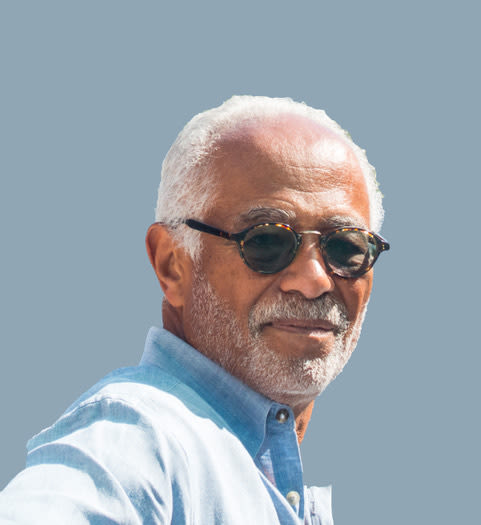
Ed Swan.
Image: Bob Blattberg
Ed Swan, woodworker (and former investment manager)
When did the creative life call you?
“I simply woke up one night, about 55 years ago, with some ideas for a unique sofa and chair. I immediately began designing the project. While that project never got executed, it was the beginning of designing/fabricating other objects, ranging from large relatively free-form paper mâché items to modern stained-glass windows. I then started designing and fabricating wooden furniture, which evolved into a focus on benches and tables emphasizing semi-exotic, live-edge wood with some very limited inlays and an emphasis on joinery.”
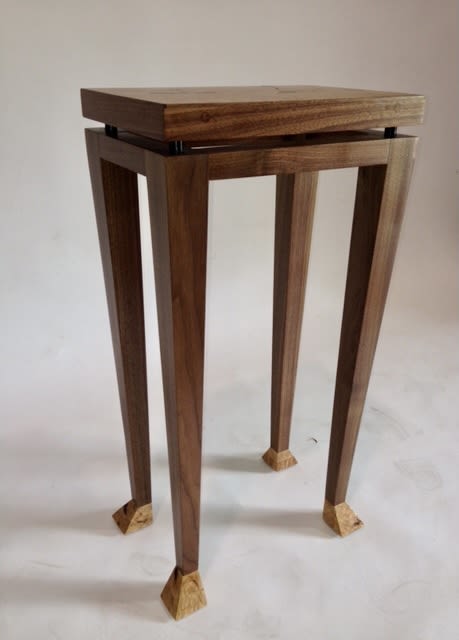
A custom table by Ed Swan
Image: Courtesy Photo
Describe your work.
“I produce custom made wooden tables and benches for people I like because life is too short to work with vexatious folks. The focus of my work is on the color, grain and, many times, the live edge characteristics of hardwoods with an emphasis on mahogany, walnut and zebra wood, in addition to metal or plexiglass. All of the work is fully functional, although I am beginning to think about pieces that may be more sculptural than functional.”
What inspires you?
“I think of my work as coaxing beauty out of an interesting piece of wood put together with well-executed joinery that fulfills a function, even if it’s only visual and tactile. Inspiration comes from the interplay of the grain, color and texture of the materials, combined with the proposed purpose and location of the final piece.”
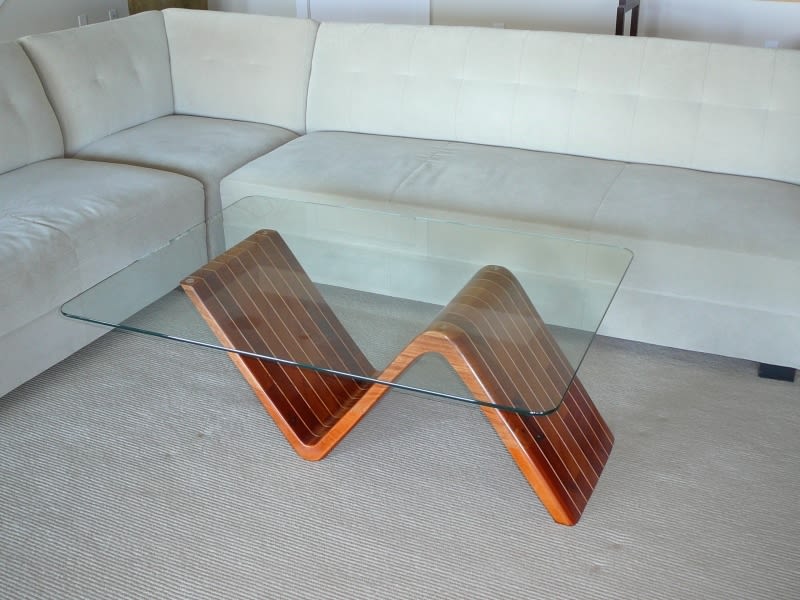
"I produce custom made wooden tables and benches for people I like because life is too short to work with vexatious folks."
Image: Courtesy Photo
What advice would you give to other Black artists?
“Seek beauty, insight and skill wherever you can find it. Value can be found among artists yet to be represented by major galleries. That applies across the board, but especially for artists of color who have traditionally been underrepresented in galleries and museum collections.”
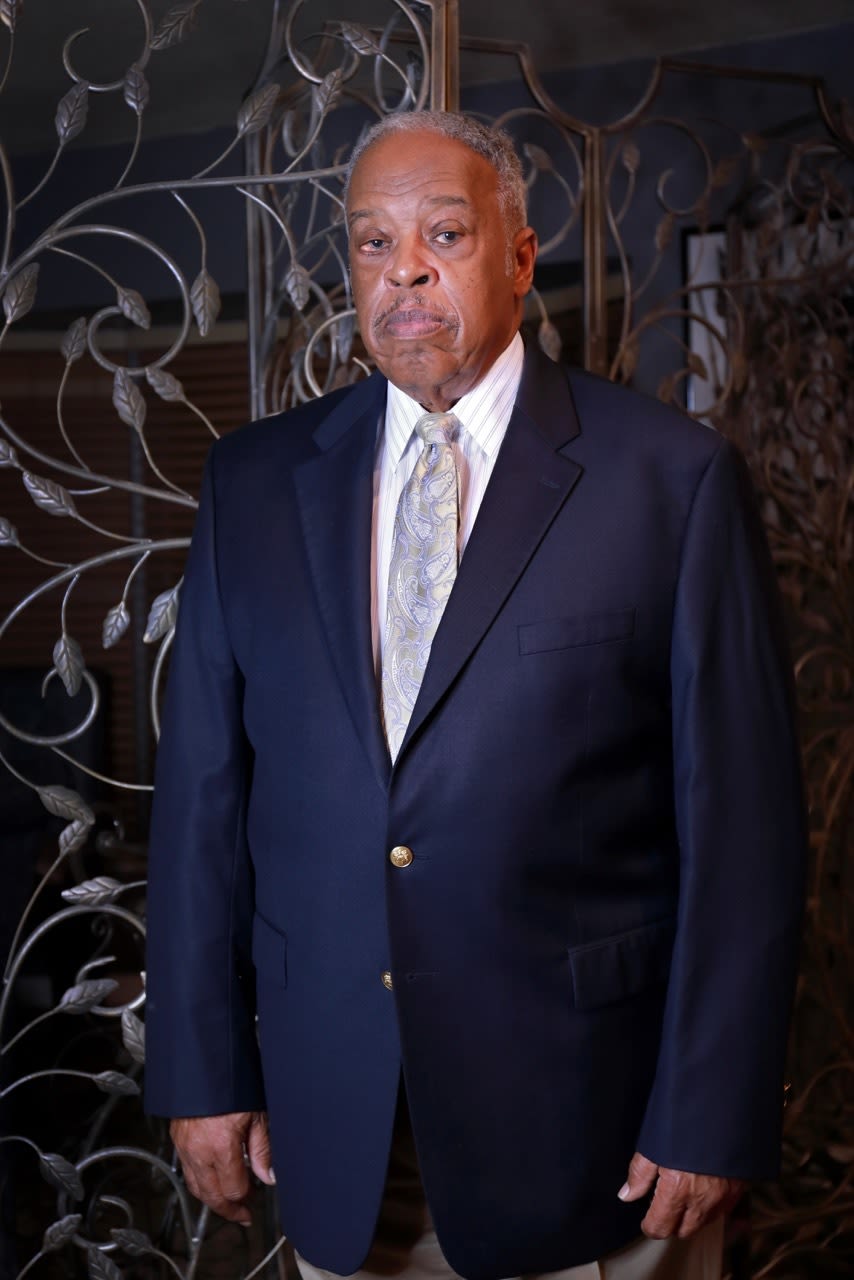
Dr. Major Gladden.
Image: Courtesy Photo
Dr. Major Gladden, woodworker (and former orthopedic surgeon)
Email Gladden about commissions here
When did the creative life call you?
“I became aware of my raw creativity as a child. I liked making wooden pieces. Some were functional, like the skate box I made with No. 5 roller skates and boards that had been discarded. Others were feel-good notions, like kitchen cabinets that I made for my mom. She allowed me to install them in her kitchen. I felt that I had arrived as a woodworker.
“Throughout grade school and college, I used my hands to earn money to help my parents pay fees and expenses for school. In that regard, I was a fixture in my uncle's shoe shop. He taught me to be a cobbler, which also requires creativity.
"As an orthopedic surgeon for 35 years, I wanted to continue to use my hands, creatively, in retirement. So I returned to my earlier interest in working with wood."
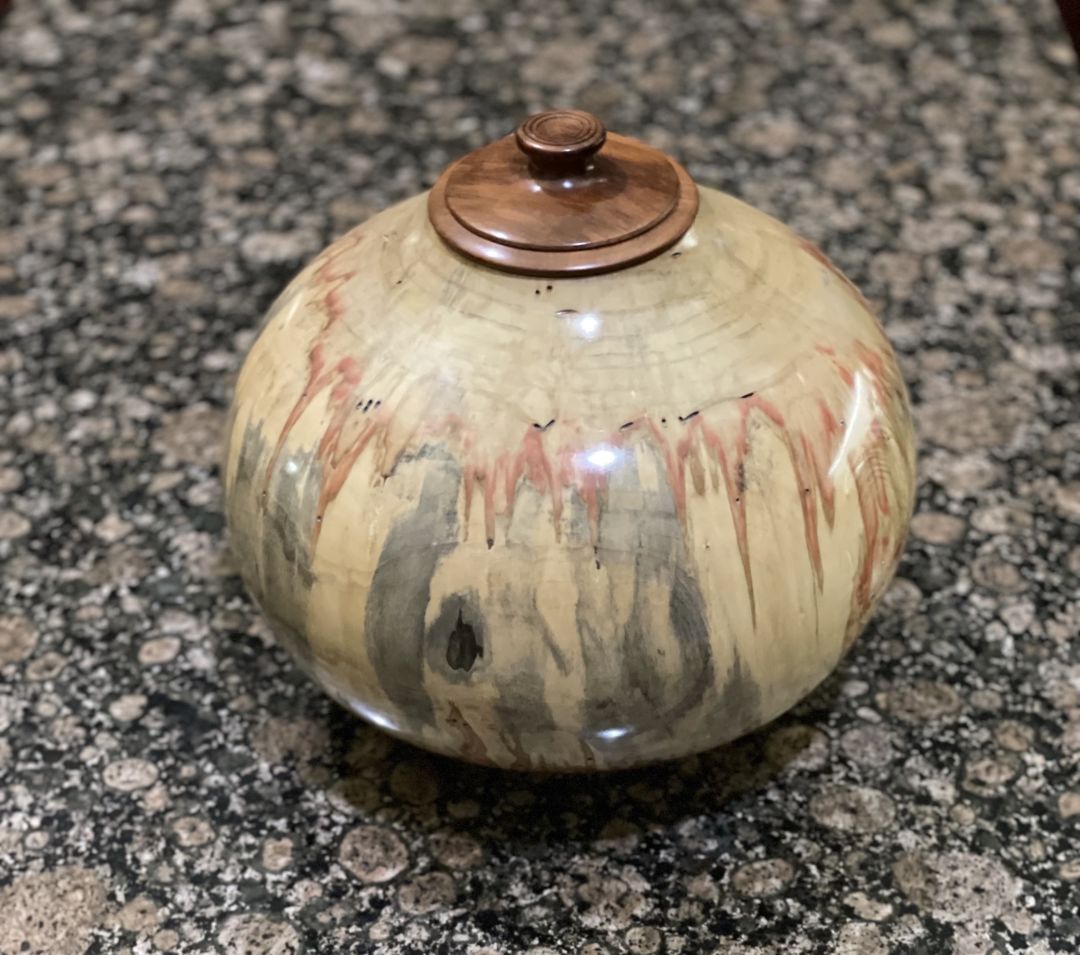
Dr. Major Gladden Woodturning.
Image: Courtesy Photo
Describe your art.
“I apply a unique dimension to my forms of art. I reclaim logs that have been discarded, then visualize how to repurpose them on the lathe as display items such as bowls, vases, platters, vessels. The end products are mixed; some are asymmetrical and natural-edged, rather than smooth, or huge rather than small. A growing number of my pieces are functional, such as lamp bases, rolling pins for bakers and bottle stoppers.
“Wood has its own identity, so each piece is unique. Dimensions of color, fluidity of striations, and burls that are naturally created by worms, wood-boring beetles, carpenter bees, wood mice, and families of insects are highly appealing to a segment of art lovers.”
What inspires you?
“I'm inspired by structures that have been formed by nature. Sections of natural substances that have been shaped by waterfalls or shifting terrains are eye-catching. I want to duplicate cultural preferences for objets d'art, such as those with African or Asian influences, which also speak to me. My exposure to the universality of art because of global travel also helps to stimulate my creativity and my growing variety of designs.”
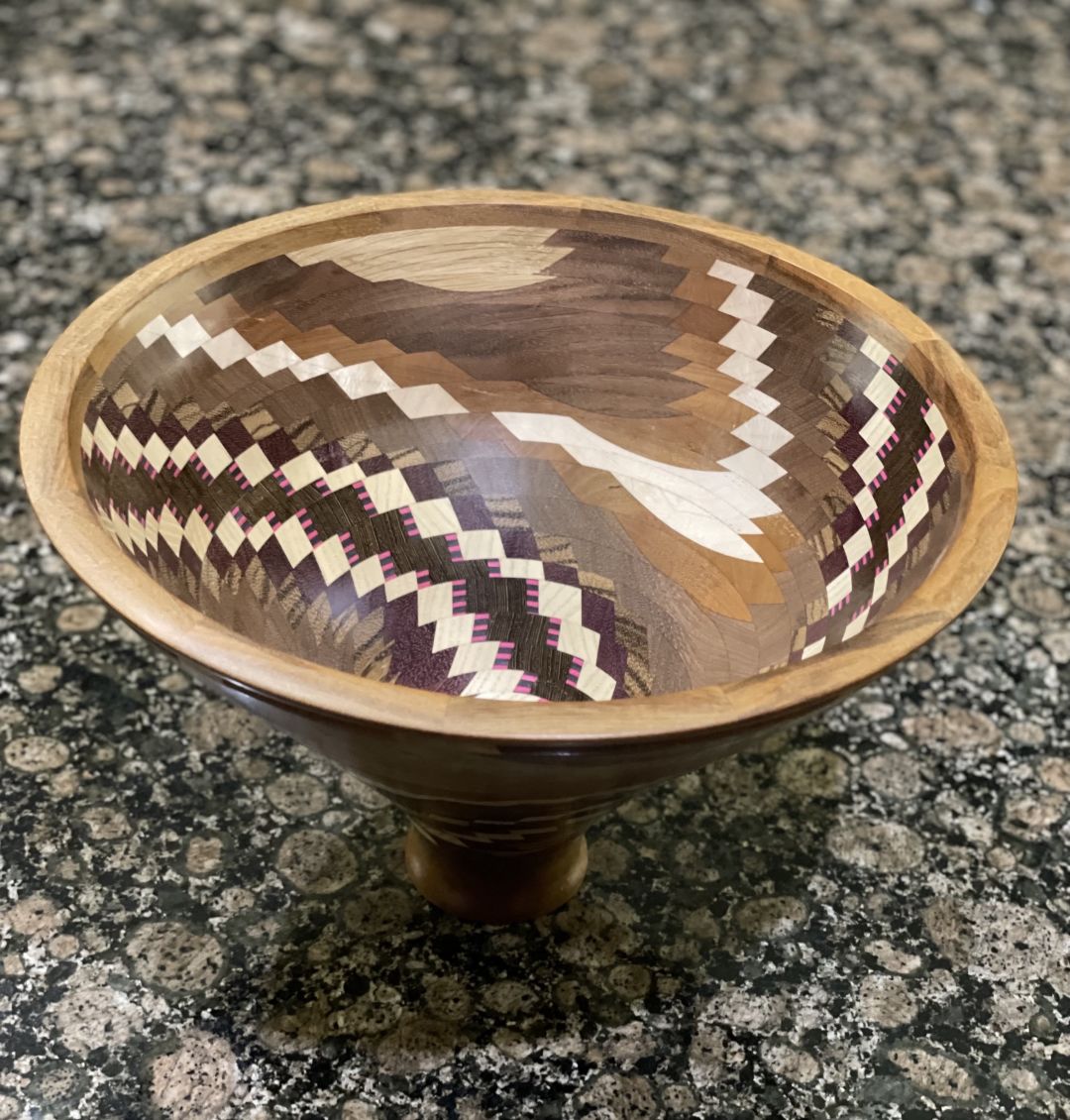
One of Gladden's bowls
Image: Courtesy Photo
What advice would you give to other Black artists?
“Continue to be a work in progress, an unreached apex, an unattained perfection—always looking, searching, creating.”
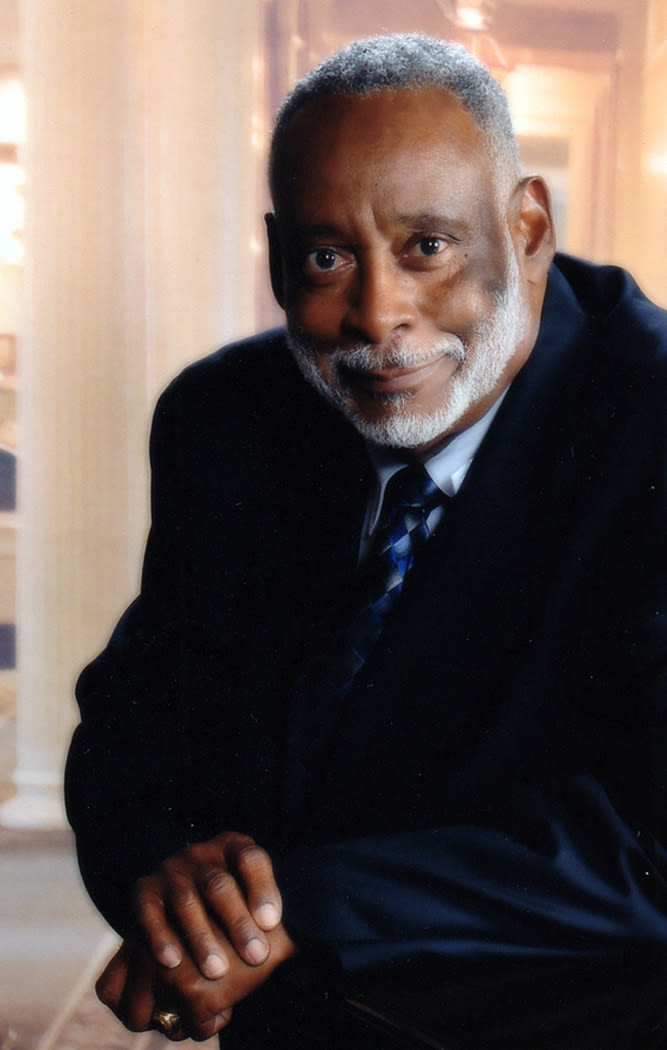
Arthur Dillard.
Image: Courtesy Photo
Arthur Dillard, fine artist (and former engineer)
When did the creative life call you?
“I remember wanting to be an artist as young as 7 years old but was discouraged by everyone. I was told I couldn’t make a living as an artist, so I pursued a degree in engineering. Later in life I followed my dreams to become an artist.”
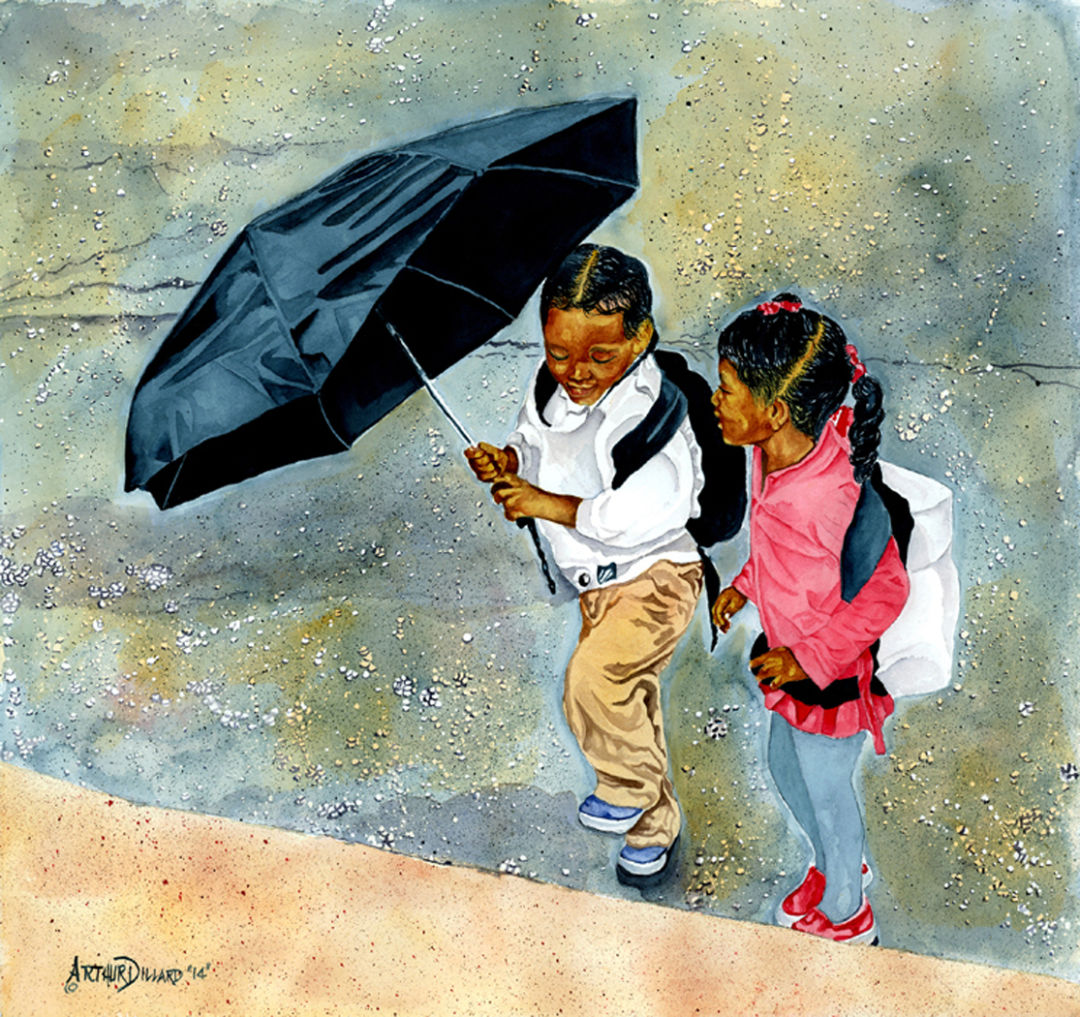
"I like for all my paintings to tell a story or make a statement to the viewer."
Image: Courtesy Photo
Describe your art.
“Although the subject matter in my paintings may vary, I find myself drawn to paintings of children and elderly African-Americans. Painting children and their dreams reminds me so much of my early childhood. However, in painting older African-Americans, there are so many stories in each wrinkle or crease; you can see the struggles, trials and triumphs in every face. But most of all, their expressions [say so much]—such as in my piece titled I Still Got the Spirit. I was always fascinated as a young boy watching my mother and her sisters going to this, small country church in Milan, Georgia during the summer.”

One of Dillard's portraits
Image: Courtesy Photo
What inspires you?
“As an artist, I like for all my paintings to tell a story or make a statement to the viewer. For instance, the stories in the faces of my aunts personify strong, enduring Black women. They wore large hats and carried large pocketbooks that would probably be illegal to carry today. But those large hats and pocketbooks inspired me to paint two of my favorite paintings: Aunt Easter and I Still Got The Spirit, which feature two of my aunts.
"I find myself hoping that when my work is reviewed, the viewer can say, ‘That reminds me of when…’”
How can the art world be more inclusive?
“When it comes to art world influencers, I feel they should review the art, not the person. The people that review and influence what galleries and shows accept limit the number of Black artists that are accepted, and many great Black artists art are never seen.”



